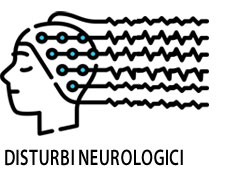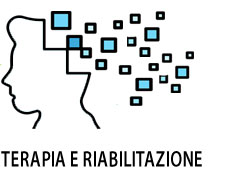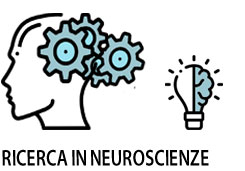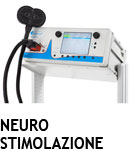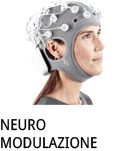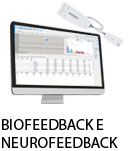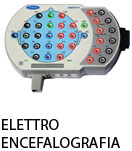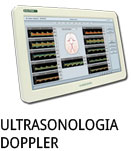- +39 011 5821948
- info@geasoluzioni.it
- Lun - Ven 8:00 - 17:00
Adjuvant Priming Repetitive Transcranial Magnetic Stimulation for Treatment-Resistant Obsessive-Compulsive Disorder: In Search of a New Paradigm!
- Abstract:
- Objectives Repetitive transcranial magnetic stimulation (rTMS) is used as a therapeutic option for obsessive-compulsive disorder (OCD) in both clinical and research settings. There has been no consensus with regard to target area and other parameters, although 1-Hz rTMS over the supplementary motor area (SMA) is found to be promising. Priming stimulation, which involves high-frequency followed by low-frequency rTMS, has been shown to enhance neural response to low-frequency rTMS. Hence, this study was conducted to investigate the effect of adjunctive priming rTMS over the SMA in treatment-resistant OCD. Methods Thirty patients with OCD who were symptomatic after an adequate selective serotonin reuptake inhibitor trial were randomized into 2 groups: one group receiving active priming stimulation (6-Hz rTMS at 80% resting motor threshold) followed by 1-Hz rTMS (priming rTMS group) and the other receiving sham stimulation followed by 1-Hz rTMS (rTMS-only group). Both groups received 10 sessions of such interventions for 2 weeks. Both the rater and patients were blind to the treatment allocation. Assessments were done using the Yale-Brown Obsessive Compulsive Scale, Hamilton Rating Scale for Depression, Hamilton Rating Scale for Anxiety, and Clinical Global Impression—Improvement scale at baseline, 2 weeks, and 4 weeks. Results Both groups showed a significant improvement in all domains of psychopathology over time. The priming rTMS group was better than the rTMS-only group in reducing the Yale-Brown Obsessive Compulsive Scale compulsion score (P < 0.023) as well as scores of the Hamilton Rating Scale for Anxiety, Hamilton Rating Scale for Depression, and Clinical Global Impression—Improvement scale. None developed any adverse effects requiring medical attention. Conclusions Priming rTMS over the SMA is safe and has favorable effects in OCD. It seems to have a predominant effect on the reduction of compulsions, presumably rectifying the impaired response inhibition in patients with OCD.
- Patologie/Applicazioni:
- Anno:
- 2021
- Tipo di pubblicazione:
- Articolo
- Parola chiave:
- DOC; OCD; TMS; rTMS; stimolazione magnetica transcranica
- Testata scientifica:
- The Journal of ECT
- Nota:
- È stato dimostrato che l'rTMS (stimolazione magnetica transcranica ripetitiva) ad alta frequenza seguita da rTMS a bassa frequenza sulla corteccia motoria supplementare (SMA), si è dimostrata promettente nel trattamento del disturbo ossessivo compulsivo. 30 soggetti affetti da disturbo ossessivo compulsivo sono stati randomizzati in due gruppi: un gruppo riceveva stimolazione attiva (rTMS a 6 Hz all'80% della soglia motoria a riposo) seguita da rTMS a 1 Hz e l'altro gruppo riceveva sham TMS seguita da rTMS a 1 Hz (gruppo solo rTMS). Entrambi i gruppi sono stati sottoposti a 10 sessioni per 2 settimane. Tutti e due gli approcci si sono dimostrati efficaci nella riduzione dei sintomi del DOC. Tuttavia la stimolazione a frequenze alternate sulla SMA si è dimostrata sicura e più favorevole nella riduzione dei comportamenti compulsivi.
- DOI:
- 10.1097/YCT.0000000000000791
Hits: 1219
La nostra storia
GEA soluzioni si affaccia nel 2013 al mercato della strumentazione medicale di alto livello tecnologico ma la sua storia parte da più lontano, clicca qui per approfondire.
GEA SOLUZIONI SRL
via Spalato 72/A, Torino
Tel.: 011 5821948 / 011 4463853
Fax: 011 0433281
Email: info @ geasoluzioni.it
P. IVA IT11696920013
REA TO1233648

